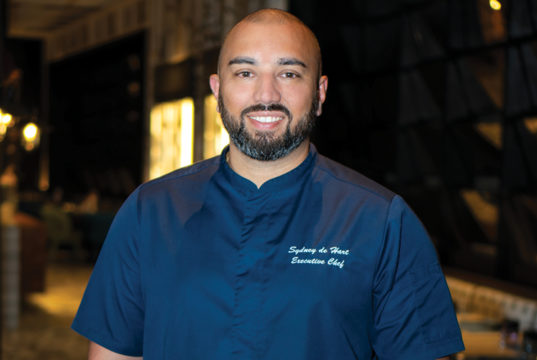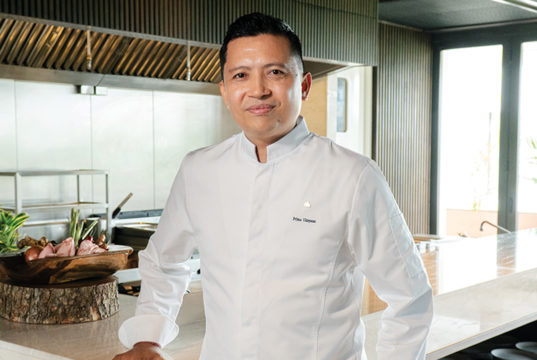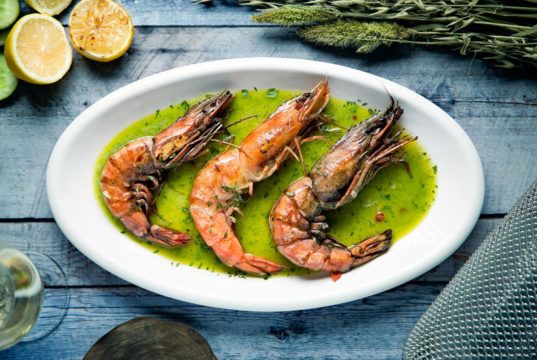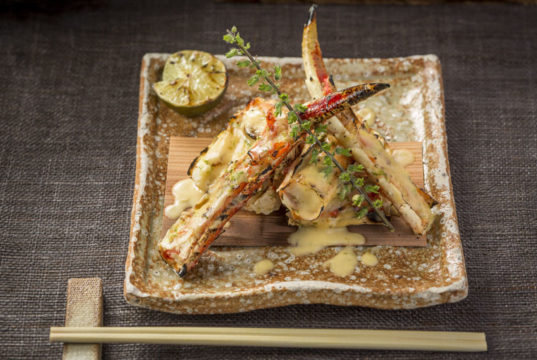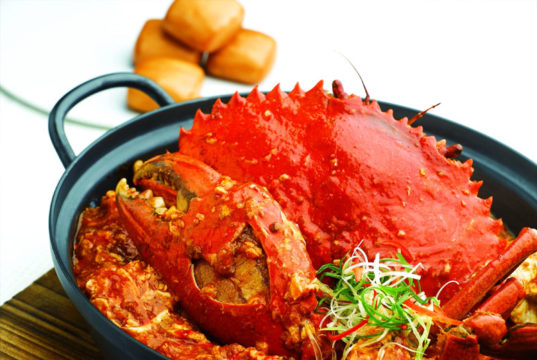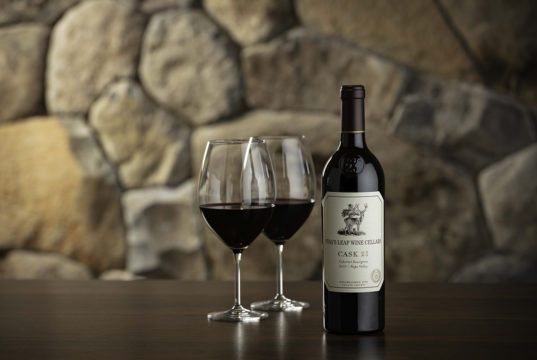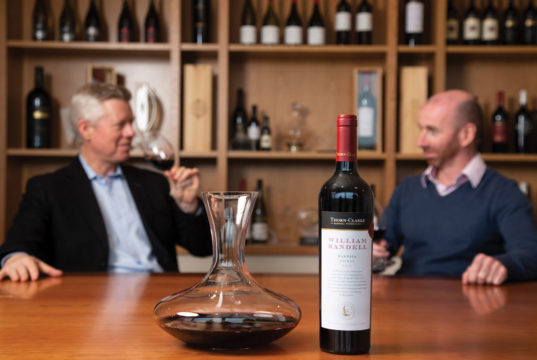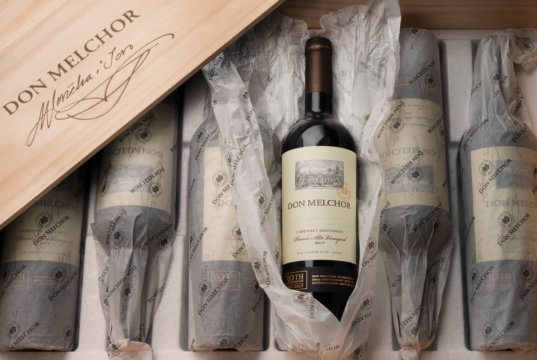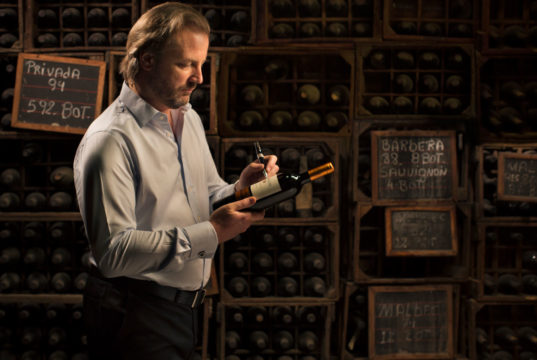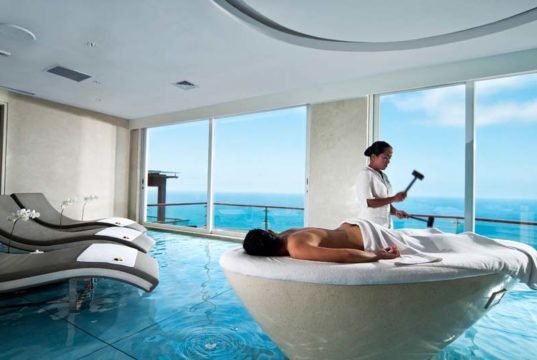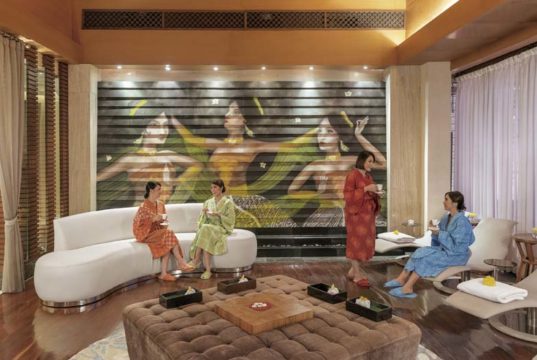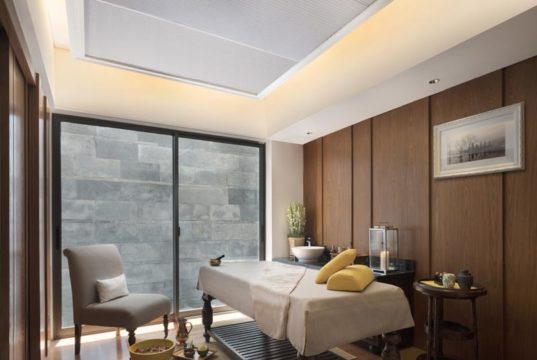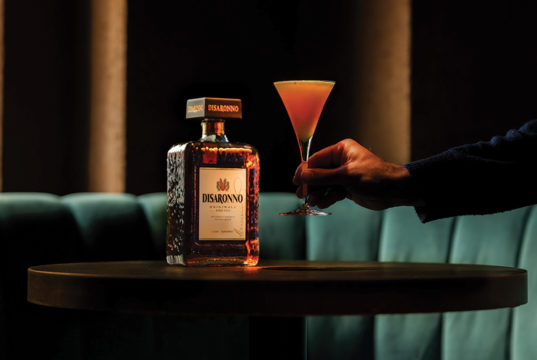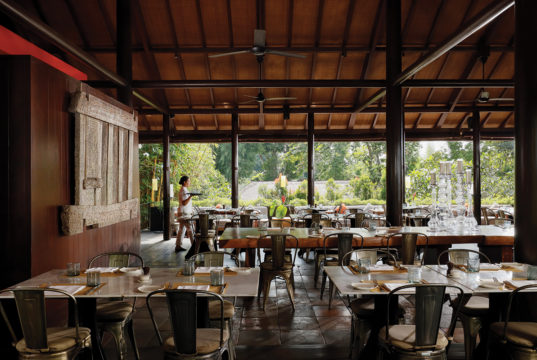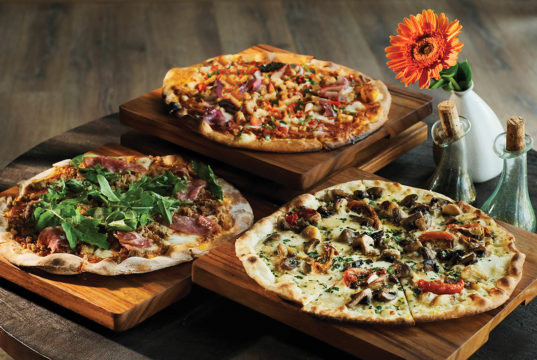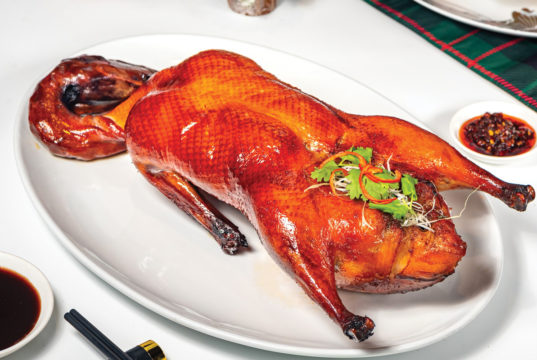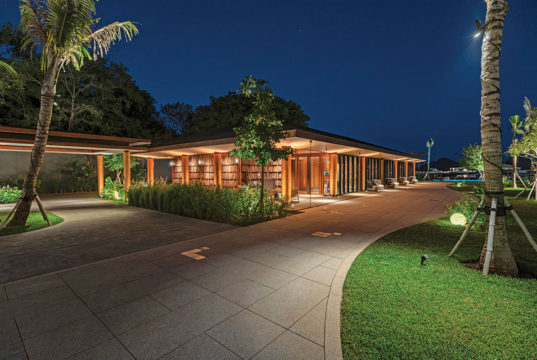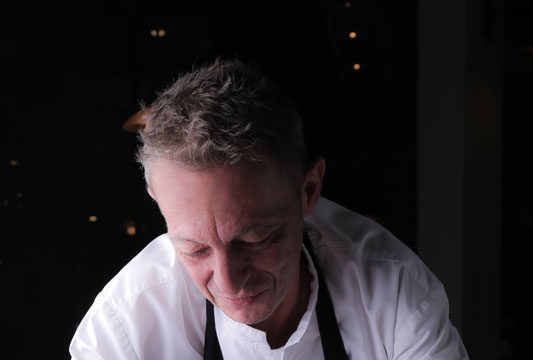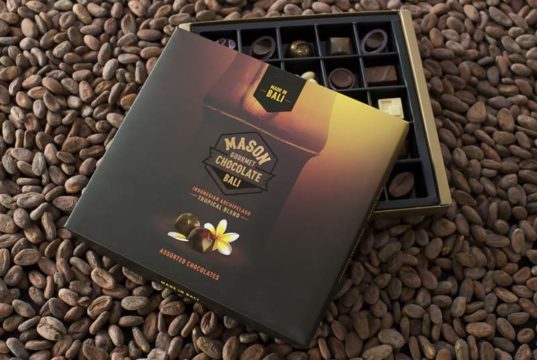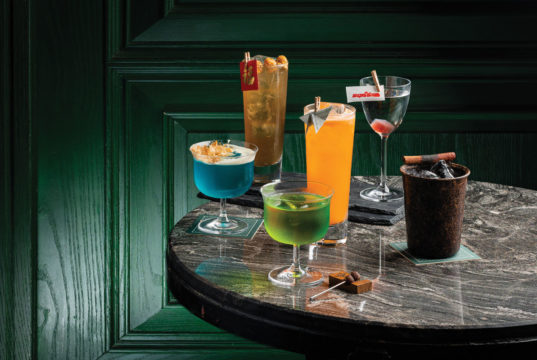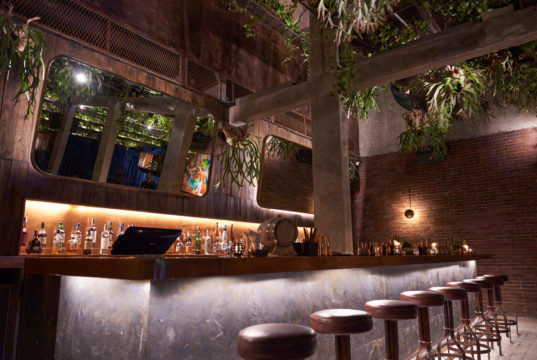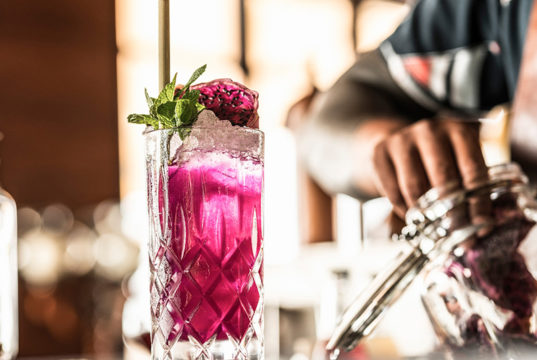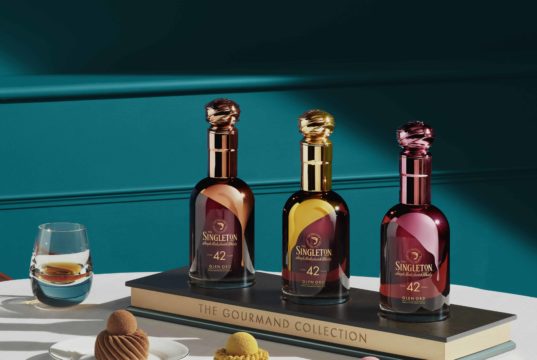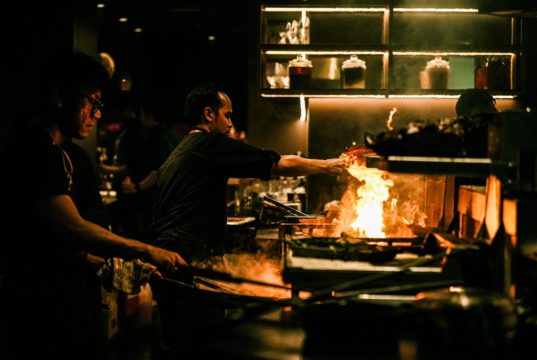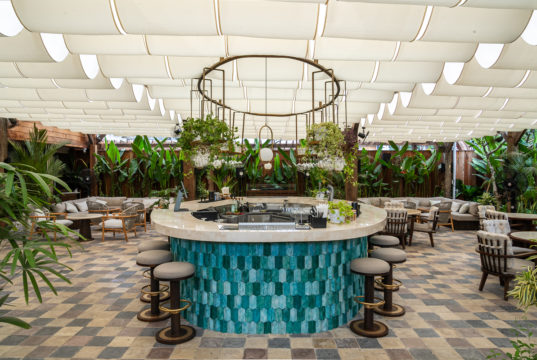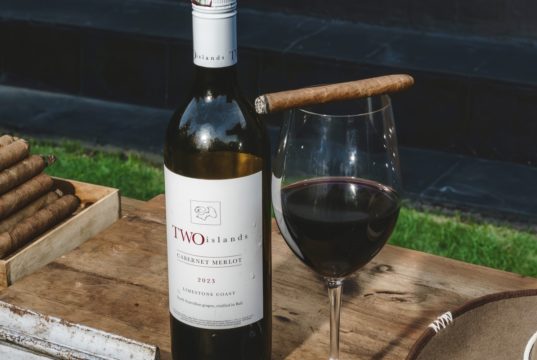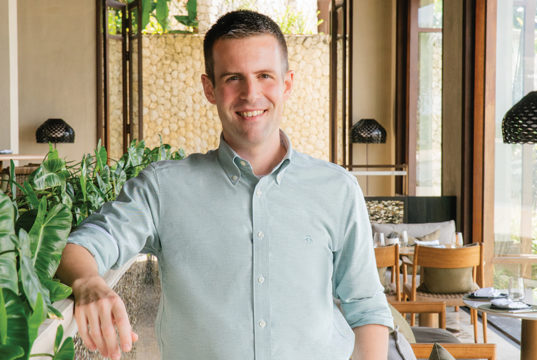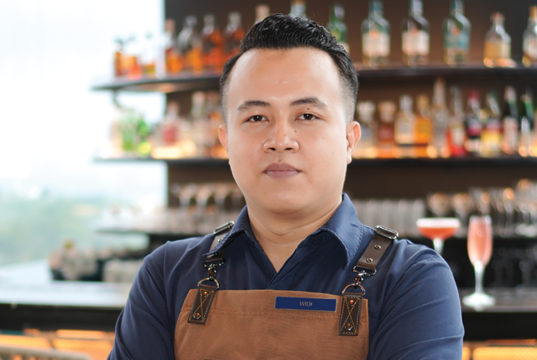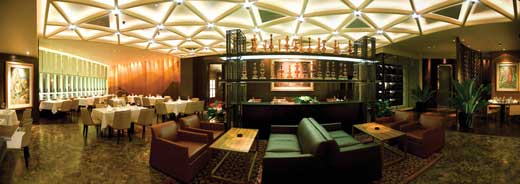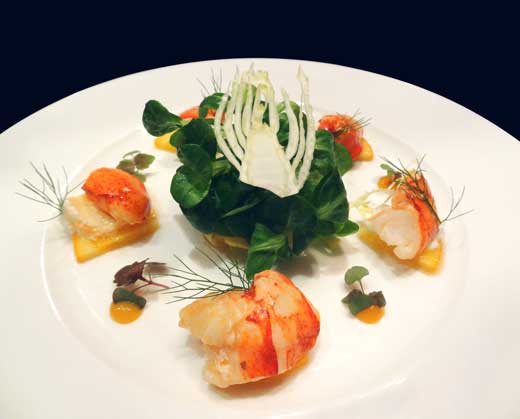Always Start with The Classics
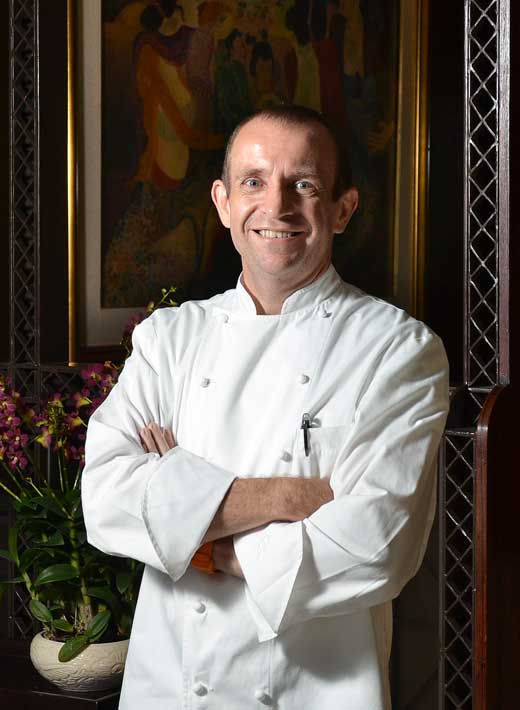
Q: You’ve been in Jakarta for more than 16 years. What do you think of the growth of Jakarta’s culinary scene over the years?
A: When I first came here in 1998, all of the fine-dining restaurants were located in five-star hotels. The mind-set of a lot of expats was not to eat out and other people just assumed that these hotel restaurants were way too expensive. Things have changed a lot. After 2004, standalone restaurants started popping up; starting with smaller restaurants with nice concepts as the fine-dining concept became more dynamic.
Another big push came in around 2009. The economy was growing well in Indonesia, and more fine-dining restaurants were established in malls, as well as standalone locations, which is a good thing because these restaurants can react and adapt faster to, let’s say, trends and changes in the culinary industry compared to hotel-based restaurants that have rules and standards to satisfy before implementing changes.
Overall, I’m very glad Jakarta is becoming more like the other big cities around the world in terms of its culinary capacity.
Q: How big of an impact has French cuisine had on Jakarta’s fine-dining scene?
A: The way I see it, a lot of our customers see French fine-dining as the elite of fine-dining. The fine-dining scene has always been historically French, heavily influencing the evolution of the term itself. Being dynamic and ever-evolving, this measure of influence goes beyond recipes and chefs. French cuisine adapts, adjusts and is adopted by a lot of cultures around the world and they elevate and enrich each other.
Q: How did you come to create Amuz after having worked in a couple of respected restaurants in Jakarta?
A: My goal was always to have my own restaurant. I came to Indonesia actually as part of my discovery journey, before opening my own place in France. I wanted to increase my perspective and present it to the customers in France. Somewhere along the way, things changed. I saw great opportunities in the market back then and also encountered plenty of inspirational moments, one of them being meeting my wife and starting a family.
I guess the most challenging factor was finding the right partner. I learned a great deal during this process as well. I had to take my time and learn from every mistake. After five years I finally found a business partner in 2009, and the timing couldn’t have been more perfect, what with the recovery from recession and steady economic growth, so I would say it was really worth the wait. We couldn’t have planned it any better.
Q: Following Amuz, how is Artoz doing and what really sets the two establishments apart?
A: Artoz is doing great at the moment. It’s a niche market as a whisky and cognac bar, and it’s really perfect for people looking to find a quieter, more intimate scene to just enjoy a socially warm environment with their friends or colleagues over a bottle of good drink. We got the right crowd visiting and everyone really appreciates what we’re doing with Artoz. We serve close to maximum capacity almost every night, and we are especially busy in the weekends. We’re very happy with this concept.
Q: What are some of the core philosophies needed to run such a successful restaurant like Amuz?
A: First of all, this kind of restaurant is all about consistency. When people visit and enjoy the food, of course they will expect the same type of quality on their next visit. This encompasses consistency in service, food quality, and ambience. This is key.
For this to happen, one needs to have a properly balanced organizational structure. I’ve seen how small imbalances accumulate and weigh down on the entire restaurant, making the infrastructure crack under pressure. People start getting angry and stop coming back. It’s not all about starting at the top and staying there. You need to start at a reasonable, manageable level and then build your way up. You can’t start something and immediately be number one. Things don’t work like that. The process of achieving adds a lot to consistency and the overall success of a restaurant. There are no shortcuts to the top.
Q: How have you refined your take on French cuisine now that you’re in Jakarta? Is there anything you do differently?
A: Actually we try to not do things differently as much as possible. People come to Amuz expecting true French cuisine. A lot of them have been to France and they want to enjoy the same thing here. That’s why our menu has both a classic and contemporary side. It’s always good to have new, modern creations, but the classics should still be available, and should be strong. This is one of the things our customers love about Amuz, because people with a preference for the classics find what they are looking for.
Q: Living in Asia, how challenging can it be to obtain the necessary ingredients, and how do you work around any problems in that area?
A: True, sometimes it can be challenging, but we have our tricks as well. There are different ways to work around that. We have our people travelling with suitcases—and of course this is not that uncommon—hand-carrying with them what we absolutely cannot get.
After many years of living and working here, we’ve also developed a good working relationship with local suppliers who can produce international-quality goods. Like, for example, one of our local suppliers cultivates barramundi and exports them to Australia and the United States. Very little goes to the local market, and we managed to be a part of that small share. We’re hoping, for the sake of the business, to have more local suppliers that we can rely on in the future, as this really helps the process. So as you can see, our scope of activities transcends conventional business practice. It’s about having good relations with the right people. The challenge is always there, yes, but nothing is too difficult to please our customers. We always find a way.
Q: What do you believe are some of the essences of classic French delicacies?
A: The classics, I think, are mostly about taste combination. That’s why I think it’s important for chefs to learn about French cuisine, it’s good to start with the classic cuisines. They are called classics for a good reason. People have loved them for generations; the combinations have worked for a long time. Too many chefs fail to understand this, and that’s why sometimes we go to a place where the presentation is superbly beautiful, but when you start digging in, you just don’t know what to look for—the taste combination doesn’t work.
Classic French cuisines are the ones that define fine-dining in the earlier times. These are dishes that have made it to history. The combination of multiple tastes have been refined and endured throughout the ages. By gaining an understanding of how the combinations work in these classics, many would-be chefs receive the understanding needed to innovate, play around and create their own formulas within the spectrum of French cuisine.
Q: What is the single most complicated dish you’ve ever created?
A: The game dishes of France can be very complicated. For me I’d say the Hare à la Royale can be quite complicated. The preparation alone takes a few days, from skinning, to marinating the hare and poaching the meat, to name a few steps. How complicated is also a matter of how often you create the dish. The more you cook a particular dish, naturally the less complicated it feels to you. Regardless, game dishes are always a little tough, mainly due to their seasonal availability. This gives a sense of uniqueness, as people can only enjoy it in a certain time window. If a dish is available all year long, it loses the sense of exclusivity.
Back to the question, yes, I would say the Hare à la Royale is one of the most complicated dishes for me. The best game to use is a variant of rabbit, not the average rabbit, found in the wild. These are very seasonal animals. It starts with skinning the rabbit, cleaning the meat, and doing so while preserving the blood to be used as a sauce, and you have to pull out the marrow without breaking the bones, and then you make the stuffing with foie gras, truffles and then you marinade and slow-cook it. I mean it’s a very complicated dish with a long process. It’s also a highly praised dish in most regions in France that can only be found in very high-end restaurants on special occasions.
Q: Aside from Amuz, which other restaurants do you like to visit personally in Jakarta?
A: The thing is, me and my family we’re huge fans of food. I mean all kinds of food. My kids have grown up eating everything. We like to dine in Korean restaurants, we enjoy good dim sum, and my wife is Sundanese, so I’ve also come enjoy Sundanese food. We go to a lot of Indonesian restaurants, in fact. Manadonese food and its spicy goodness is also something we enjoy. We’re really following the French way of eating, which is to try everything!
Q: What advice would you give to budding chef/restaurateurs looking to make their mark in the culinary world out there?
A: My main advice would be to have a strong concept. In addition, you need to have a backup concept. However, another important thing is to listen to your customers. Without them, you are nothing. A lot of times people are too boxed in with their initial plan without realizing that people don’t really get the concept itself. It is very important to be able to react fast and adjust your approach to suit what the customers enjoy. In general, the more you listen, the more you understand how to please your customers, which is really what the business is all about. Although, of course, this doesn’t mean you have to make changes based on what the customers say every day.
In a nutshell, listen to your customers and be flexible and ready to adapt—both to changes in the market, as well as to customers’ tastes.
Chilled Canadian Lobster salad, Mache Lettuce, Orange & Fennel Comfit
Ingredients:
Serves 82x 4/500g Lobster 1kg
Oranges 1kg (half for juice half sliced)
Ginger 20 g
Fennel 600 g
Mache (corn salad) 100 g
White wine 100g
Ascorbic acid to taste
Fleurs de sel to taste
Edible Flowers FM
Method:
Cook the lobster by throwing them in a boiling court bouillon just 3mn deep and let them cool in it. Cut two oranges into 1 cm slices, put into a vacuum pack bag with some orange juice, thinly sliced ginger and salt. Cook for 25 minutes at 65°C.
Fennel Salad: Slice the fennel into thin slices, put into a vacuum pack bag with white wine, salt and orange peel, along with a bit of ascorbic acid. Cook for 15 minutes at 65°C.
Fennel Chips: Cut the fennel through the middle, with the root cut into 10 slices with a meat slicer set at 2.5/3mm thickness; put in simple syrup and place over night in the chiller, then strain and dry at 60 degrees in the hot box until crisp.
Orange gel: Thicken the cold orange juice with a spoonful of potato starch or corn starch and add 50 g water. Cook for 10 minutes on the griddle, stirring continuously. Let cool and season.Compose the plate with the lobster, the mache, the orange slices, the fennel, the orange gel, Fleurs de sel, fennel, olive oil, sprouts and garnish.




